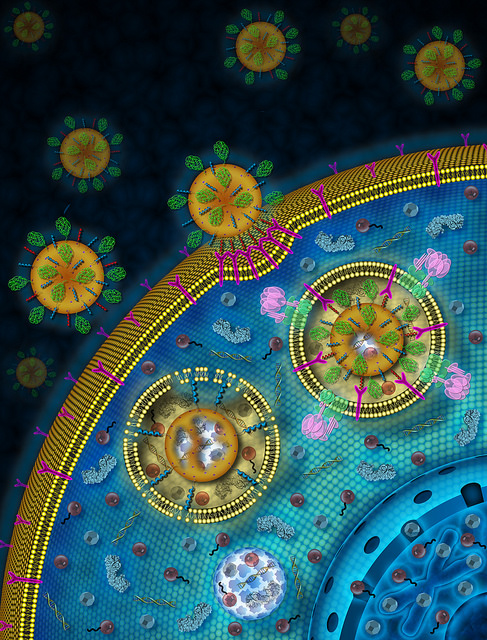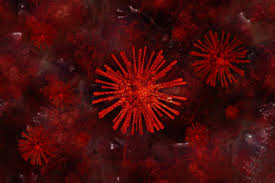A systematic view of nanoparticles
Nanoparticles are increasingly being tested as vehicles for delivering therapeutics, and some are already in clinical use for cancer chemotherapy. Nanoparticle-based treatments can offer various therapeutic advantages such as decreased toxicity, longer half-life, and improved drug delivery. However, there are a multitude of possible nanoparticle formulations with different physical and biological properties, and it is not readily apparent which ones would be best in a given disease setting. Boehnke et al. developed a high-throughput screening method that allowed them to systematically evaluate the interactions of 35 different nanoparticle types with hundreds of cancer cell lines (see the Perspective by Winter). Using this approach, the authors identified some features of the cancer cells and nanoparticles that could predict successful nanoparticle delivery, which should facilitate further therapeutic advances. —YN
Structured Abstract
INTRODUCTION
Nanoparticle-mediated delivery of therapeutic agents has the potential to considerably affect cancer treatments, particularly in the context of personalized cancer therapies. Nanoparticles span a diverse range of materials and properties. They can be tailored to encapsulate and protect a wide range of therapeutic cargos, including small molecules, biologics, and nucleic acids. One challenge to successful targeted nanoparticle delivery is an incomplete understanding of nano-bio interactions at the target delivery site. In designing this screen, we sought to gain a holistic understanding of both the materials properties and biological features that mediate successful nanoparticle delivery.
RATIONALE
Traditional nanoparticle screens are designed to optimize materials properties in isolated biological contexts. In the era of precision medicine, with the desire to deliver molecularly targeted therapies to specific subcellular compartments, it is also important to probe the structure-function relationship of nanoparticles as they relate to cellular and biological heterogeneity. The combination of pooled screening with multiomic annotation has the potential to accelerate target discovery and uncover previously unrecognized regulators of nanoparticle delivery….







